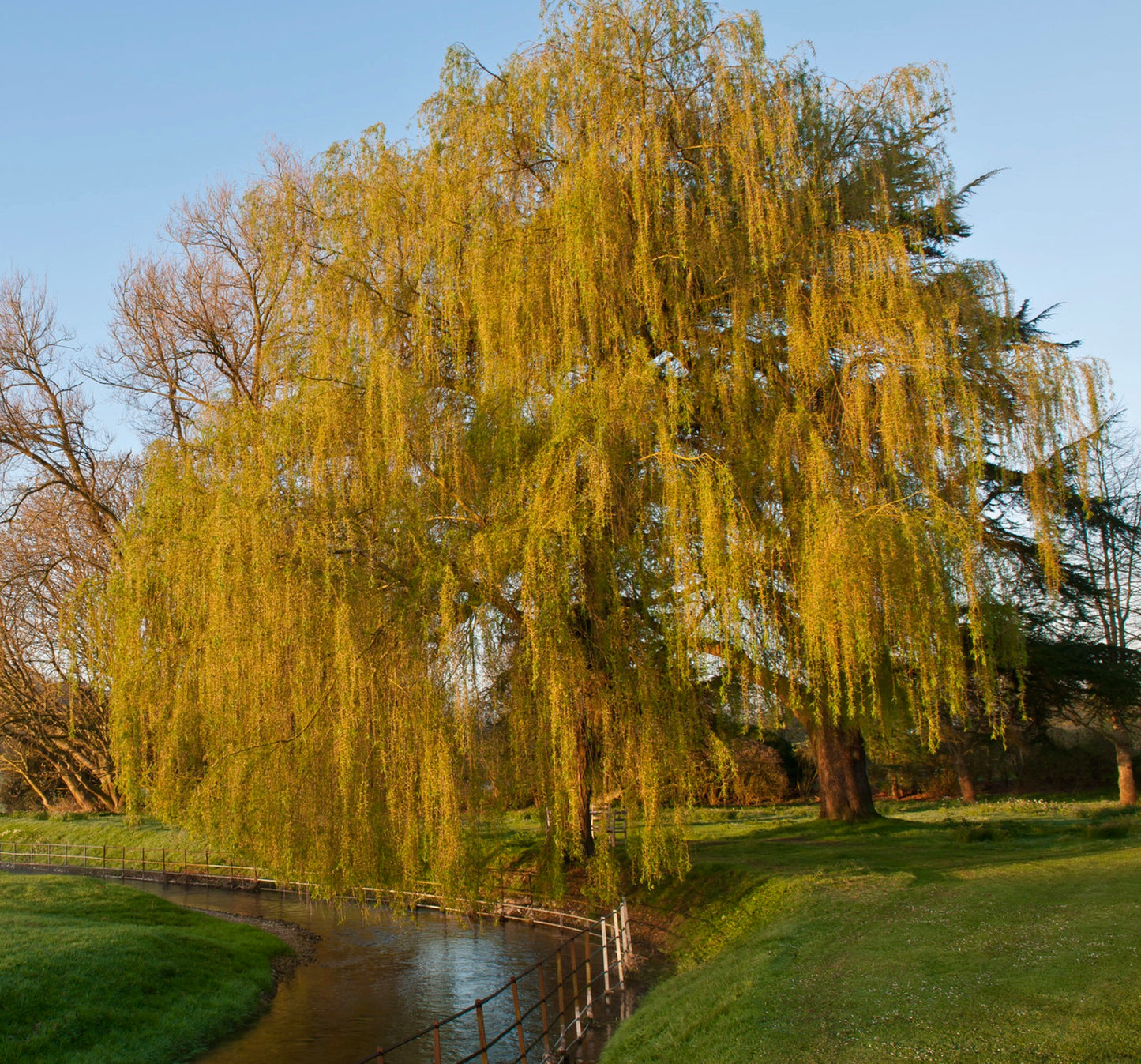- Catalogue Plants
Salix babylonica
Salix babylonica
Couldn't load pickup availability
Plant Description
Salix babylonica, known as the weeping willow, is a graceful, deciduous tree admired for its long, arching branches that sweep downward, creating a flowing, waterfall-like canopy. Its slender lance-shaped leaves are a fresh green, turning golden-yellow in autumn. The delicate branches sway in the wind, making it a visually dynamic tree. This species can reach up to 15 meters in height, adding elegance to landscapes, especially near water, where its roots help prevent erosion. Native to China, the weeping willow is an iconic ornamental tree, valued for its unique silhouette and soft, feathery appearance.
IMPORTANT: Please be aware that picture 1 show adult plant not for sale, the offer is for a plant in the dimension indicated in title description.
Disclaimer: Please keep on mind that the plant may have grown since pictured. Also be aware that most plants change across seasons. If present foliage could have been fallen or change in its color.
Botanical family: Salicaceae
Botanical genus: Salix
Botanical species: Salix babylonica
SKU:BA-2141-S
Cultivation
Cultivation
Additional information
Additional information
Plant Height:
Plant Diameter:
Picture Taken on:
Pot Size:
Grafted/Not Grafted: Not Grafted


